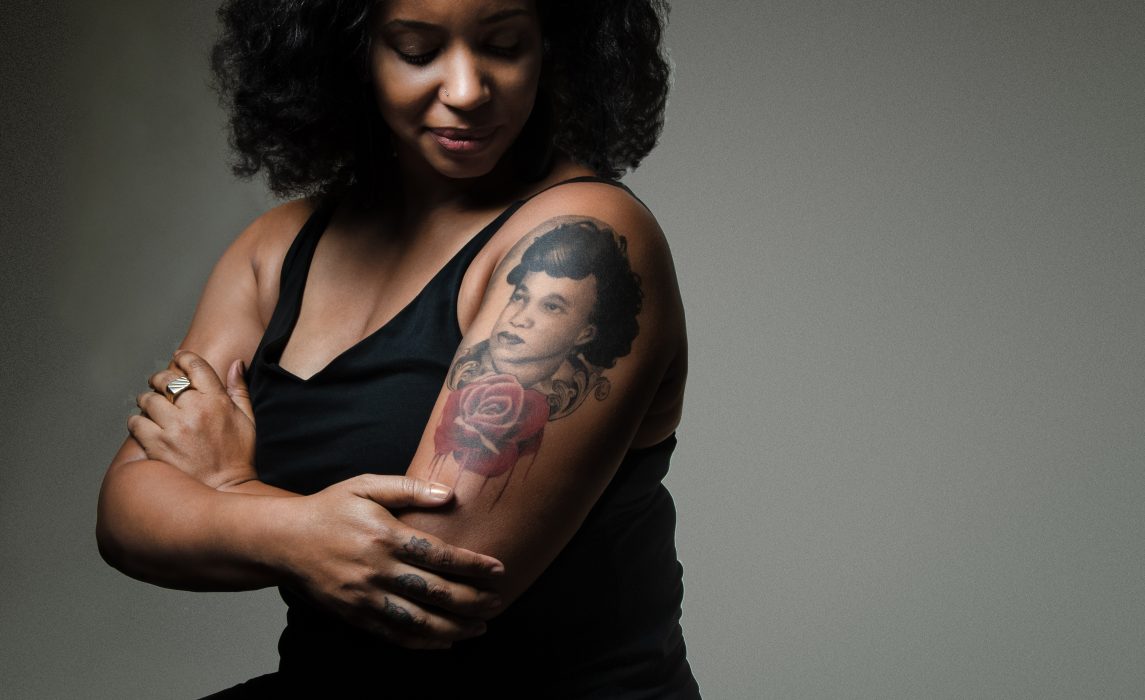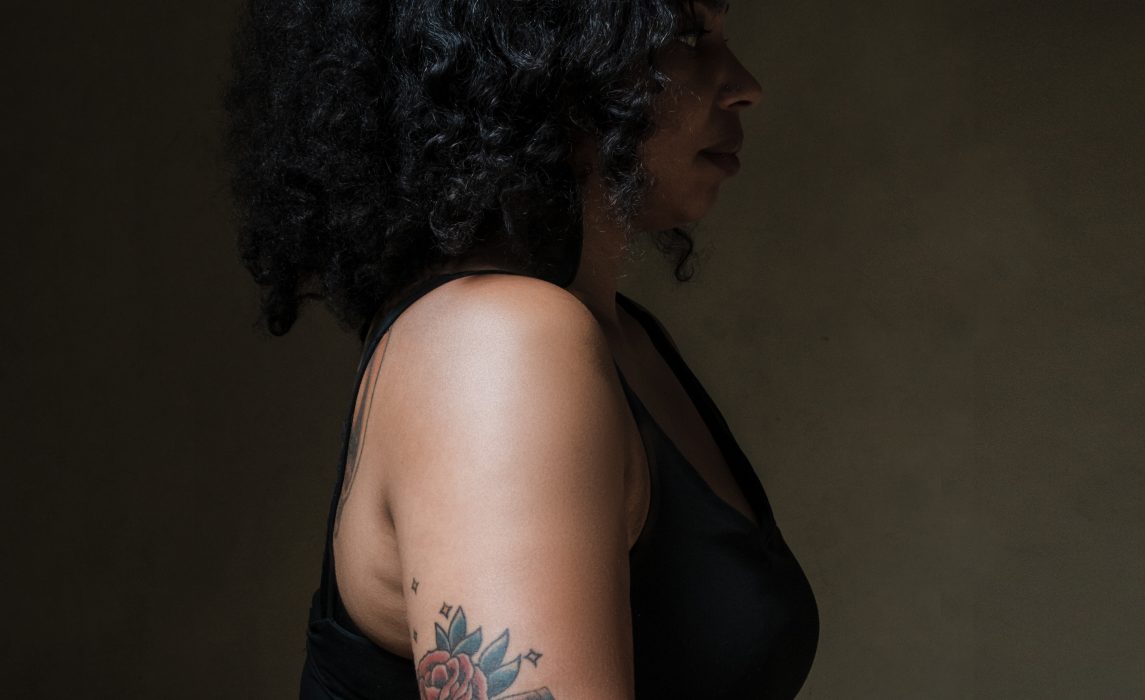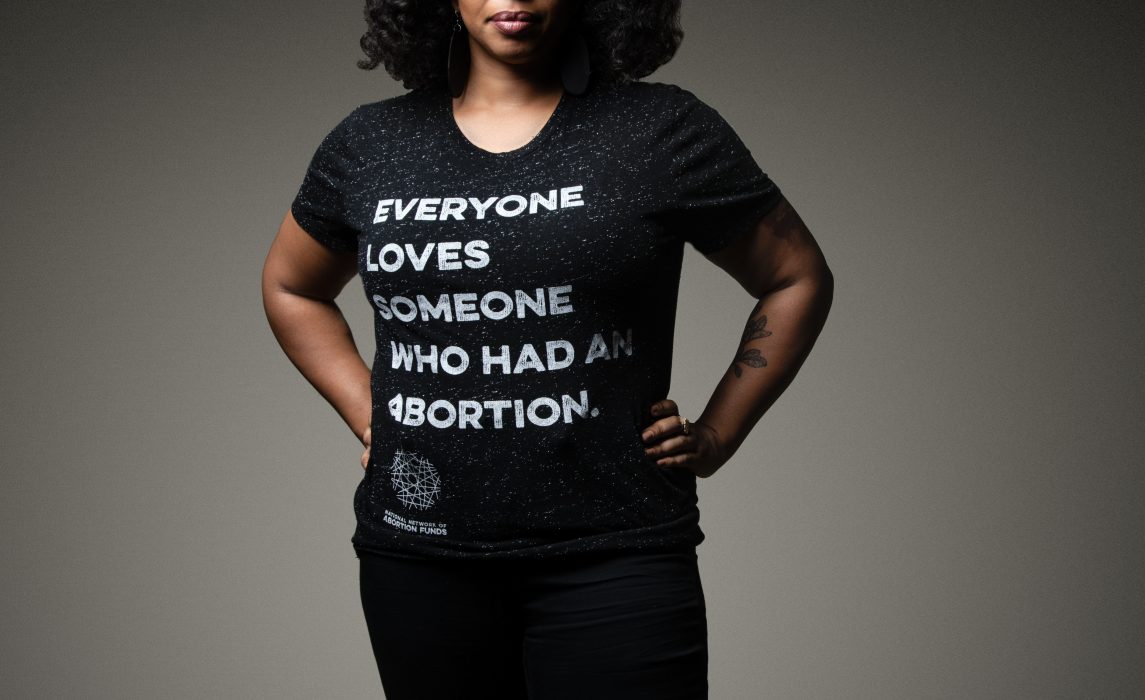Media
Yamani, Photographed by Nicole Harrison
Yamani’s story:
“When I became pregnant when I was 19 in college, it was within a month or so after I had watched my grandmother Lucille have a fatal heart attack in front of me. I wondered when I became pregnant if it was her spirit coming back to me.”
“I decided to have an abortion because I didn’t have the supports I needed to be the parent I wanted to be. I didn’t have any barriers to access but I regret my abortion and for many years I did not talk about it publicly. I am staunchly in support of abortion access without any barriers and never want anyone to try to use my regret against my advocacy. There is room for all kinds of feelings and experiences about abortion that don’t prohibit someone from having one.”
“In 2011, I proudly told my abortion story for the first time publicly via Advocates for Youth’s 1 in 3 story-telling project because I was inspired by the project to show so many faces and reasons behind abortion.
“I now lead a national abortion access organization, knowing that I, along with so many contain multitudes. Abortion, birth and miscarriage are all a part of my life story and I am proud to talk about and advocate for support for all pregnancy options unequivocally without shame or judgement but with love and compassion.”
Nicole Harrison is a photographer, curator, intellectual, educator, ethnographer and youth advocate. She is a graduate of the Arts Management BA program at Columbia College Chicago, and Africana Studies MA program at New York University. Her scholarship and art practice is centered around youth, hip-hop, gender politics and visual culture. She is a self-taught photographer with a career that spans 8 years. Throughout this time she has worked with artist collectives, youth arts programs and community organizations in documenting cultural events, people, and activist spaces. She utilizes her camera and background in the media arts field(s) as a tool for storytelling as she hopes to document people’s life experience through imagery and oral histories.



